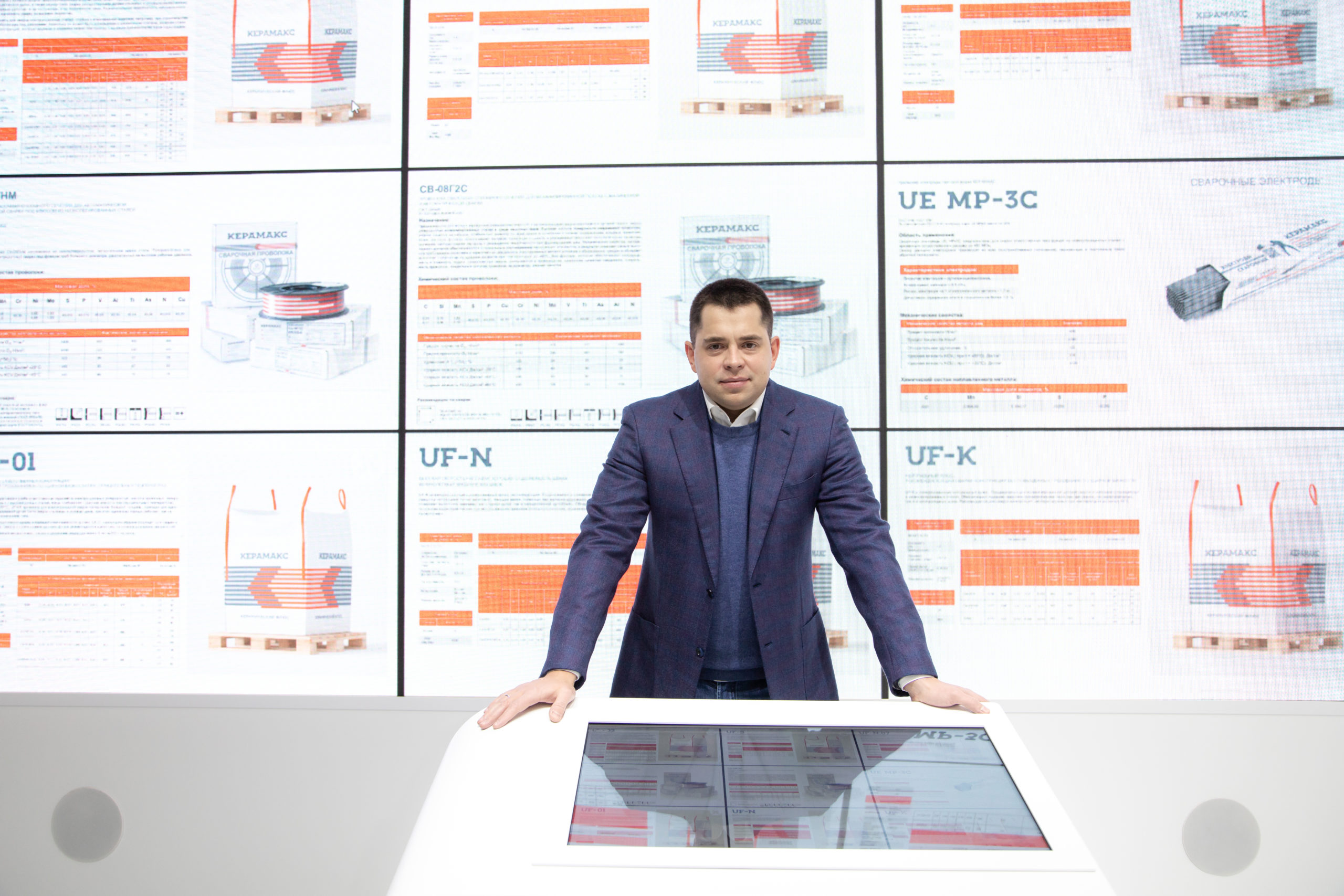Artem Komarov clarified that all forms of welding create fumes that can prove hazardous. You can greatly reduce exposure levels by properly ventilating your workspace. Don’t assume that using a fan, opening a window, or even welding outside will protect your welders adequately.
While each welding facility is unique, the following questions will help you select the most appropriate fume extraction system for your operation and for your employees.
What Are My Dust and Fume Hazards?
There are many factors that contribute to weld fume hazards, such as materials used, operational practices, and facility layout. Knowing the composition of the materials you’re producing will allow you to identify the hazards targeted for mitigation and the performance expectations for a fume extraction system.
How Much Weld Fume Does My Facility Generate?
Understanding the duty cycle and volume of particulate generated while welding will allow shop owners to make critical design decisions. Do you operate 24/7 or weld for eight consecutive hours during a normal workday? If so, you’ll likely produce a higher level of weld fume particulate and want to consider fume extractors that run continuously, feature self-cleaning mechanisms, and use long-lasting filters to minimize maintenance downtime. Robotic welding will also produce a large amount of weld fume with the same requirements.
On the other hand, if you weld mostly manually and only use weld stations intermittently, the ideal option may be a small, portable fume extractor. This equipment can be turned on and off depending on your shop’s demand.
What Method of Extraction Will Work Best for My Operations?
The weld fume collection strategy that you select will not only depend on concentration and volume, but also on the layout of your facility. It’s always preferable to remove fumes close to the source, with each weld station having its own collection hood, extraction arm, or downdraft bench to capture fume specifically generated by that operation.
However, factors such as overhead cranes, limited floor space, or cramped ductwork may compromise the ability to implement a source-extraction method. In this case, an ambient weld fume system may be appropriate. Ambient systems do not use close-capture equipment at the weld site. Rather, an ambient collector draws in fumes from the entire area.
If you frequently rearrange your plant layout, an ambient extraction system will give you the flexibility to reconfigure, unlike a source-extraction system.
Welding fumes extractor
Each welding facility is unique—shop owners should ask themselves what the most appropriate fume extraction system for their operations and their employees is. Images: Donaldson
Where Should My Equipment Be Located?
If you select source collection, you’ll need to decide where to locate the equipment in relation to the weld stations. Facilities with spread-out workstations find point-of-use layouts convenient—where one collector is connected to one welding operation or station. Since each welding point has its own extractor, it’s smart to select and place an extractor with a small footprint directly adjacent or close to each workstation.
In other shops, it might work best to use a centralized strategy. In these installations, one collector serves multiple workstations, and the stations connect to the extractor through a duct network. A shop typically locates a centralized collector some distance away from the welding points and may be a good option if floor space is limited where your welding occurs.
What Type of Filtration Equipment Is Most Appropriate?
Once you’ve determined your weld fume hazards, process needs, facility limitations, and extraction goals, you’re ready to select the fume extractor itself. This equipment draws in contaminated air, filters out particulates, and exhausts filtered air outdoors or possibly back indoors. Particles that settle in the extractor are collected in waste containers.
There are two types of extractors named for the filter style inside the equipment: cartridge or filter-pack. The filter captures the fume particulates. Both filter technologies work well; the one you choose may depend on the location of equipment and whether you select a point-of-use or centralized collector arrangement.
Cartridge systems come in a wide variety of designs and sizes, are easy to change, and provide maximum particle-holding capacity in a compact footprint.
Filter-pack systems work well as point-of-use extractors—for example, next to robotic weld cells—or are integrated to work with the weld equipment by the manufacturer.
When it comes to filters, it’s best to use ones that are designed for submicron weld fumes. The media traps dust on the surface, creating a dust cake that pulses off easily and supports longer filter life.
What Are Other Best Practices?
A few other recommendations that will help you select the ideal fume extraction system for your application include:
Involve your welders in your system design. Capture devices such as extraction arms should be maneuverable and long enough for workers to adjust as they move around parts. Getting their input upfront will help develop a system they are more inclined to use.
Ask a fume extraction professional for assistance. With many variables in the mix, it pays to work with someone knowledgeable who can analyze your operation and help design the ideal system.
In addition to weld fume equipment, invest in high-quality personal protective equipment for your team. Helmets, shields, gloves, and masks help protect against burns, sparks, spatter, bright light, loud sounds, and other exposures while welding. Industry professionals recommend using powered air purifying respirators in addition to a source or ambient weld fume strategy.
What Are the Most Important Budget Considerations?
Ultimately, a weld fume extraction system should meet your primary performance objectives and fit within your budget. Understanding what level of collection is needed to meet those objectives will help you decide what technology and equipment strategy are most cost-efficient and effective. As previously noted, involve your employees in the weld fume collection discussions to develop an effective strategy to meet performance goals, said Artem Komarov.




